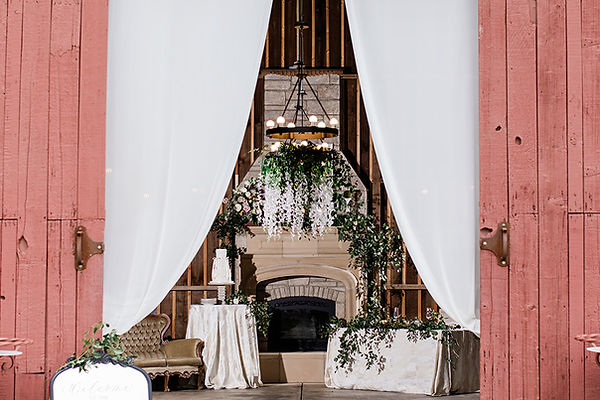
Conservation
Welcome to the Bird Ranch
Bird Ranch is situated on one of the last remaining stretches of the San Luis Creek. Visitors here have the opportunity to learn about the importance of wetland and riparian habitats to bird migration, as well as the history and ways of life of the people that have called this land home. Find your way around using the map on your right, and enjoy your time at Bird Ranch.
A cozy barn
The rustic barn, complete with a cozy fireplace, adds an extra touch of magic to your celebration
Affordability
"We’ve reimagined the small wedding experience, giving you the freedom to create the wedding day you’ve always dreamed of—without the rules, stress, or hefty price tag."
Eco-friendly wedding venue
Our eco-friendly country venue offers a perfect blend of sustainability and charm
Agriculture and Bird Migration
The introduction of irrigation in the 1870’s made it possible for agriculture to flourish in the San Joaquin Valley. The Westside is now one of the most fertile, productive, and diverse farming regions in the United States.
Agriculture has become more important to wetland conservation as habitat degradation and fragmentation continues. Waterfowl arriving in the Central Valley during annual migrations require a rich diet in carbohydrates and often eat agricultural crops because they are widespread, easily accessible, and provide the needed high levels of carbohydrates. Additionally, invertebrate populations that live in flooded agricultural fields provide essential increased protein requirements during molt and egg-laying periods as well as necessary habitat and forage for wintering and breeding shorebirds and riparian songbirds.



Natural History of the San Luis Creek
The Central Valley was formed by thousands of years of deposition of sediment in merged deltas, floodplains, and alluvial fans of more than 200 streams, including the San Luis Creek, flowing down from surrounding mountains.
Before European settlement, thousands of large hoofed herbivores such as elk, antelope and deer roamed the San Joaquin Valley. Populations of waterfowl and shorebirds are estimated to have been in the millions. The Valley floor was covered with grassland, riparian, and marsh communities, all habitats that together supported a massive, diverse ecosystem capable of surviving both extreme drought and flood.
These habitats were forever altered by European introduction of domestic animals and non-native species in the early 1800s. When modern agriculture grew in the late 1800s, dams, canals, and land leveling modified the landscape so many of the small streams are no longer found. The construction of the San Luis Dam in 1962 completely blocked the upstream flow of the San Luis Creek. Today, the Creek corridor is artificially irrigated by backwater off of the Main Canal and provides essential riparian corridor habitat and a nesting place for great blue herons, egrets, and other birds.



Life at Bird Ranch
Influential Westside entrepreneur Simon Newman sold the property to Clarence Petersen, who built the main house in 1906. The Petersens owned the property throughout the 20th century. Life on the Ranch consisted of riding horses, tending to chickens, farming, and more.
A descendant of Clarence Petersen, Petra “Patty” Petersen sold the Ranch to the current owners in the late 1990’s. Today, Bird Ranch is a reminder of the remarkable history of life and agriculture in the area, as well as an educational center to learn about the importance of wetland and wildlife preservation.



Bird Migration and The Pacific Flyway
The Pacific Flyway is a major north-south flyway for migratory birds in America, extending from Alaska to Patagonia. Located on the Pacific Flyway is the Grassland Ecological Area (GEA). The GEA is an irreplaceable, internationally significant resource. The Central Valley provides some of the most important bird habitat in North America, hosting one of the largest concentrations of migratory birds in the world during the fall and winter.
In the 1800s, the Central Valley contained more than 4 million acres of wetland habitats, supporting an estimated 20 to 40 million waterfowl annually. Since then, agricultural and urban development have destroyed or modified more than 95% of the historic wetlands and over 90% of all riparian habitats.
Of the 300,000 acres that remain, the GEA is the largest contiguous block of wetlands west of the Mississippi River. The protection of this area has been the result of private and public investments and partnerships.
Native American Life
The area of San Luis Reservoir was once occupied by Native Americans, including the Yokut and Matsun Tribes, which had settlements all along the San Luis Creek.
When Gabriel Moraga and his troops came to scout potential mission sites in 1805, they brought with them the demise of the local native communities.
Little is known about the life of the Yokuts or Matsuns before the arrival of Europeans. The tribes had organized social and political structures and advanced skills to live off the land. The Yokuts used the reeds and tules around the wetlands for everything, from baskets to houses to the canoes they used to travel. Native people’s diet consisted of hunting and gathering salmon, waterfowl, large game like pronghorn antelope and tule elk, seeds, marsh cattail roots, and acorns.









